8 Reasons Why Motorcycle Battery Is Not Charging? – (With Easy Fixes)
Your motorcycle ignition system requires electrical power to start the engine, and a battery fulfills the need. But, if your battery isn’t sufficiently charged, the starter will not crank the engine.
Although your motorcycle alternator generates electricity once the engine is started, a charged battery is essential for the initial cranking.
The current generated from the alternator is sufficient to charge the battery and run all the electronics of your motorcycle.
But, sometimes, your motorcycle battery stops charging and won’t start.
So, why won’t a motorcycle battery charge? Your motorcycle battery will not charge if the battery terminals are corroded, the regulator-rectifier (RR) unit is faulty, the charging circuit wire is broken, the main fuse is blown, the alternator is not working, or the battery is dead.
Table of Contents
Why Won’t Motorcycle Battery Charge While Riding?
An alternator is attached to your motorcycle engine shaft, generating 13.6 to 14.2 volts of DC to charge the motorcycle. That’s why you don’t need to take off the battery every time and connect it to a separate charger.
Whenever you ride at high speed, the alternator provides higher current amperage that recharges your battery and runs the electrical accessories of your motorcycle.
But, many times, motorcyclists face battery charging issues while riding, and they need to jumpstart or kickstart the engine.
Here are the eight common reasons why your motorcycle battery won’t charge:
- Corroded battery terminals.
- Loose battery connectors.
- Broken wires in the circuit.
- The main fuse is blown.
- A faulty regulator-rectifier (RR unit).
- Dead battery
- Aftermarket modification.
- A faulty alternator
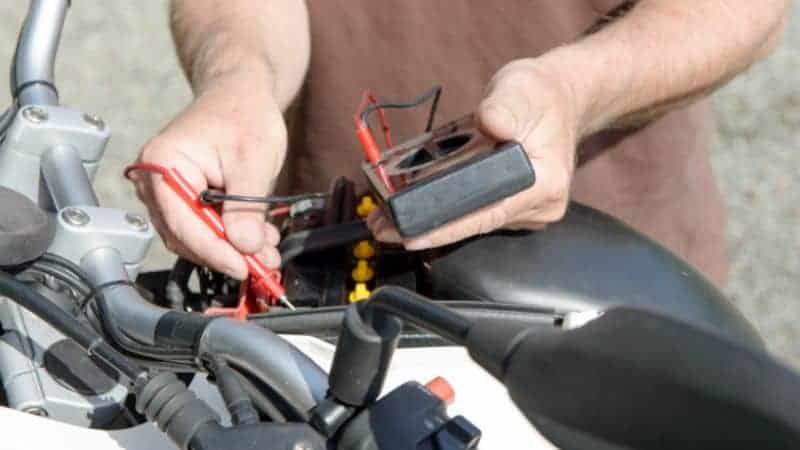
How To Fix Motorcycle Battery Not Charging?
Older motorcycles can start without a battery, but modern bikes won’t because all modern bikes come with a fuel injector controlled by an ECU (engine control unit), which requires electric current for functioning.
So, if your motorcycle battery is not charging while riding, here is how to fix it:
1. Clean Your Battery Terminals
Generally, motorcycles come with an AGM (absorbed glass mat) battery, which contains electrolyte that reacts with battery plates to store the charge. Charging a battery is a complex chemical reaction that releases acidic hydrogen gas.
The hydrogen gas released during the process reacts with battery terminals (usually made from Zinc or Lead), and slow oxidation happens. Due to oxidation, a rust layer is formed, preventing current flow.
A corroded battery terminal won’t pass the current flow at its peak capacity, creating problems in battery charging or starting your motorcycle.
So, if your motorcycle battery won’t charge while riding, remove the corrosion from the battery terminal and clean it with sandpaper.
2. Tighten The Battery Connectors
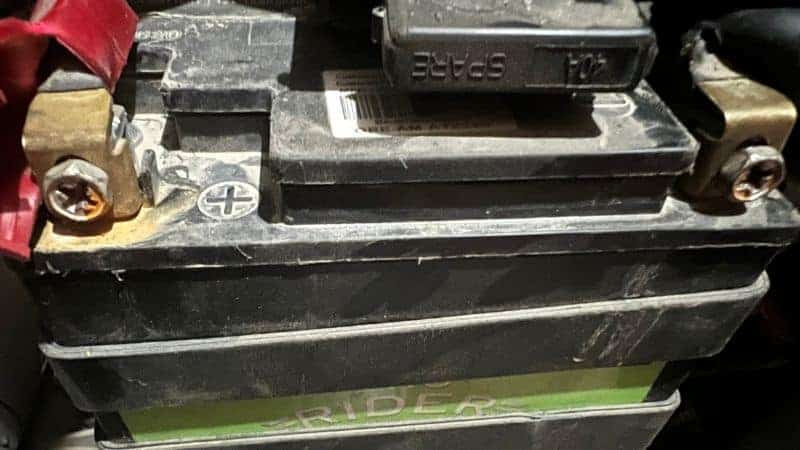
All electrical connections should be fully tight; otherwise, an electric spark will be generated near the connection. A loose connection on terminals is the most common reason your motorcycle battery won’t charge while riding.
So, first, remove your motorcycle seat and locate the battery. Now, check for loose connections on the positive and negative terminals.
Tighten the battery connection screw with a screwdriver or spanner. In most cases, the battery charging issue will be resolved by cleaning and tightening the battery terminals.
3. Check The Fuse Box
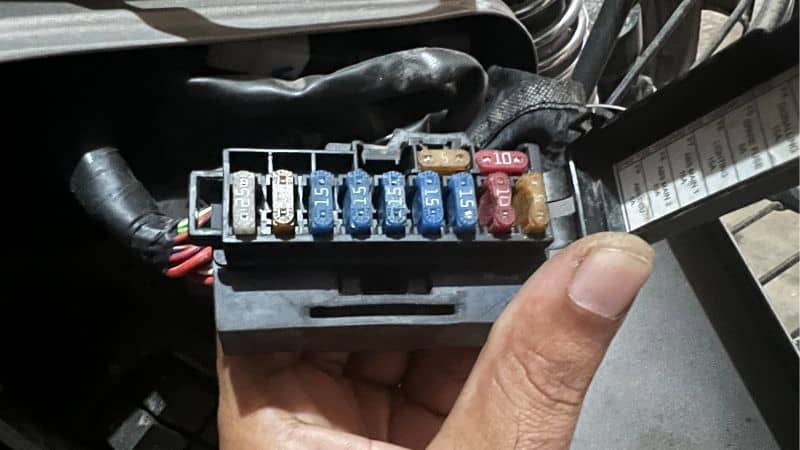
All electrical accessories are connected through a fuse that protects against a sudden spike in current. Replacing a fuse is cheaper than an electrical accessory.
So, inspect the fuse box if any accessories are not functioning on your motorcycle. If a fuse is blown, replace it with another fuse of the same amperage rating. You can read a guide on motorcycle fuse blown.
4. Inspect The Circuit Wires
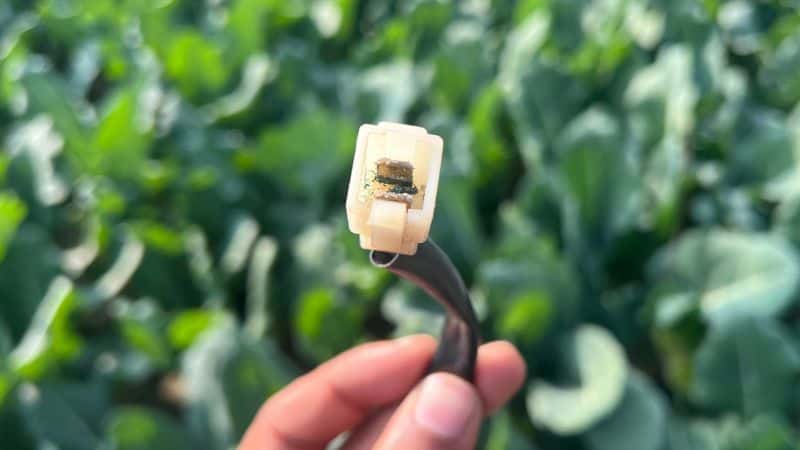
A broken wire in the charging circuit could be another reason your motorcycle battery isn’t charging. You can perform the continuity check with a multimeter to ensure no breakage in the wiring.
If your circuit wire is broken, you must have it replaced by a professional mechanic. Take your motorcycle to the nearest motor garage and get it fixed.
5. Replace The Regulator-rectifier Unit
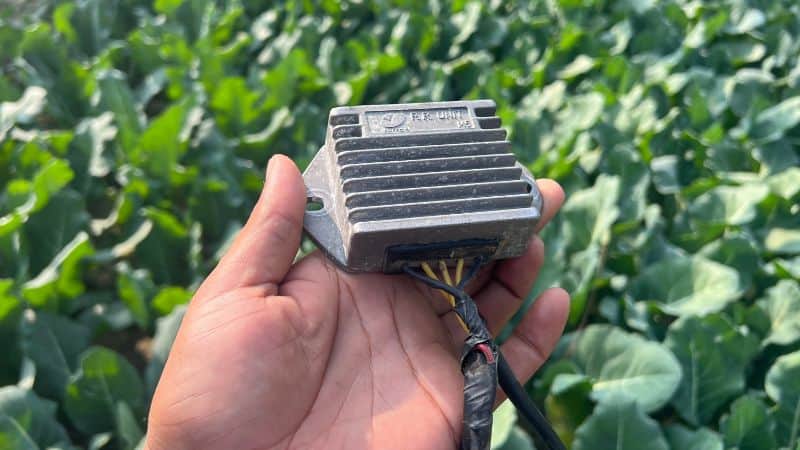
All motorcycles have a regular-rectifier unit that rectifies the power output from the alternator, charges the batteries, and maintains fixed battery voltages but does not supply batteries with extra current output from the alternator.
Your motorcycle alternator generates AC power, and its voltage fluctuates according to engine RPM. So, a circuit that converts AC power to DC at a constant voltage is required.
The regulator-rectifier (RR unit) is the device that converts the AC into DC with the slightest voltage fluctuations.
Due to some reason, if your RR unit is faulty, you may face a battery charging problem. You need to replace your Regulator-Rectifier circuit to fix the problem.
6. Replace The Battery
Sulfation is the most common reason an AGM battery doesn’t hold a charge. If your motorcycle battery is too old, it might have lost its power-holding capacity.
In that case, battery replacement is the only option left. You can buy a motorcycle battery of the same amperage rating and capacity and install it yourself. Else, go to the mechanic’s garage and ask for battery replacement.
7. Remove Aftermarket Accessories
Many motorcyclists do aftermarket modifications to improve the aesthetics. Any extra accessory installed on your motorcycle takes power from the battery.
If you have added aftermarket lights or electric accessories, disconnect them from your motorcycle and check whether the battery is charging.
If your battery starts charging after disconnecting the aftermarket accessories, permanently remove that from your bike.
8. Replace The Alternator
If you have tried all the troubleshooting mentioned above, but your motorcycle battery still won’t charge, it means your alternator is faulty. Your alternator coil may burn due to inappropriate heat dissipation.
Go to the nearest motor garage and get your motorcycle alternator replaced by a professional mechanic. The battery charging issue will be resolved by replacing the alternator.
How To Tell If Motorcycle Battery Is Bad?

If your motorcycle is over 2 to 3 years old and faces an engine cranking issue, it means your battery is dead.
You can check the voltage difference across positive and negative terminals and ensure it’s more than 12 volts.
You can tell your motorcycle battery has gone bad by inspecting the terminal. If the terminals are damaged, or leaking acid or your battery isn’t holding a charge, it’s time to get a new battery for your motorcycle.
How Long Does Motorcycle Battery Last?
The average life of an Absorbed Glass Mat (AGM) battery installed in a motorcycle is about three to five years. However, it can last longer with proper maintenance.
You should check for corrosion on the terminals and never let your battery fully discharge. A fully discharged battery will cause Sulfonation, which reduces the lifespan.
Can a Motorcycle Run With a Bad Battery?
All modern motorcycles don’t run without a battery because they come with a fuel injector system instead of a carburetor.
So, it requires power from the battery for proper functioning. However, old motorcycles with carburetor systems can also run on low batteries.
If you’re outdoors and your motorcycle battery is discharged, try to kickstart your motorcycle or ask someone for a jumpstart.
I have written a detailed guide for jumpstarting a motorcycle with a car; you can read that here.
What To Do If Battery Is Fully Dead?
If your motorcycle battery is dead, jumpstart it with a car or another battery. Moreover, if your motorcycle has a carburetor system, you can kickstart your engine if some battery is left.
Conclusion
A faulty regulator-rectifier circuit and corroded terminals are the most common reasons your battery won’t charge. You can clean the terminals with sandpaper and replace the defective regulator-rectifier (RR) circuit to fix the problem.
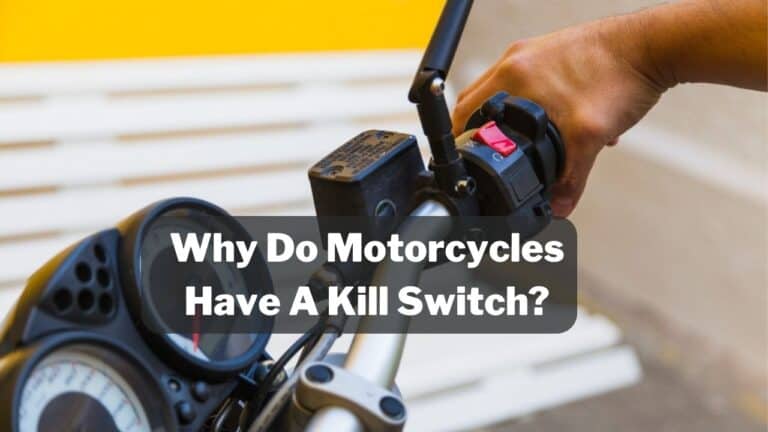

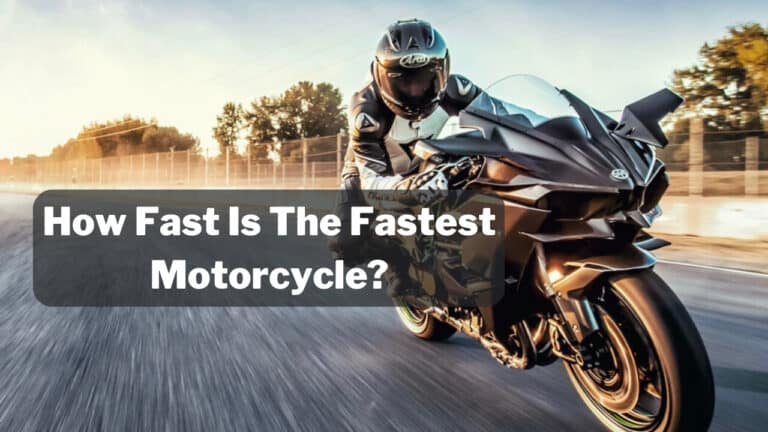
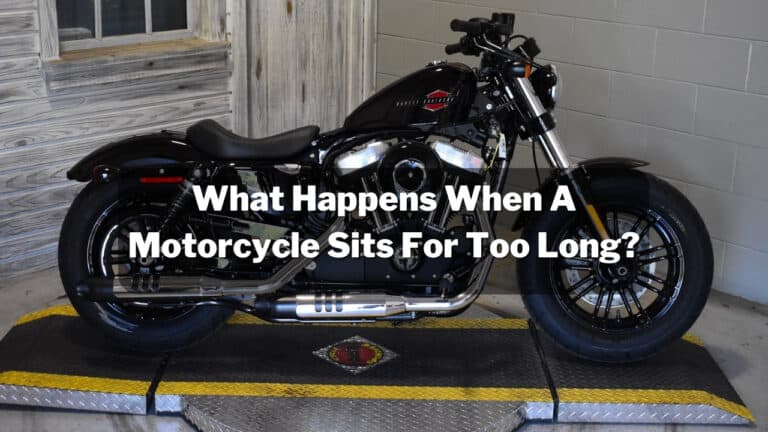
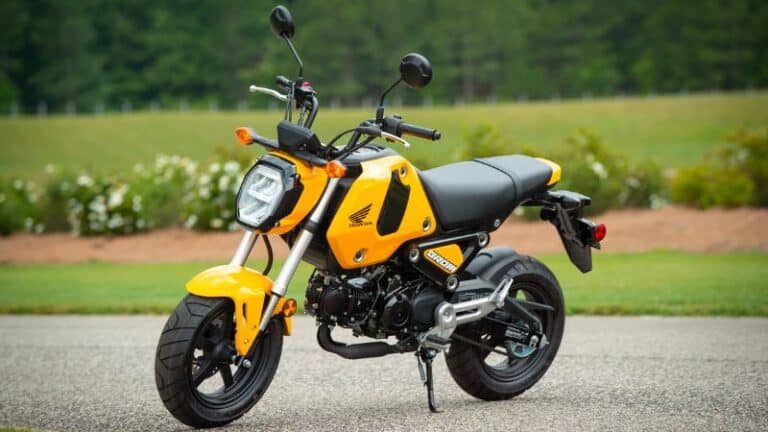
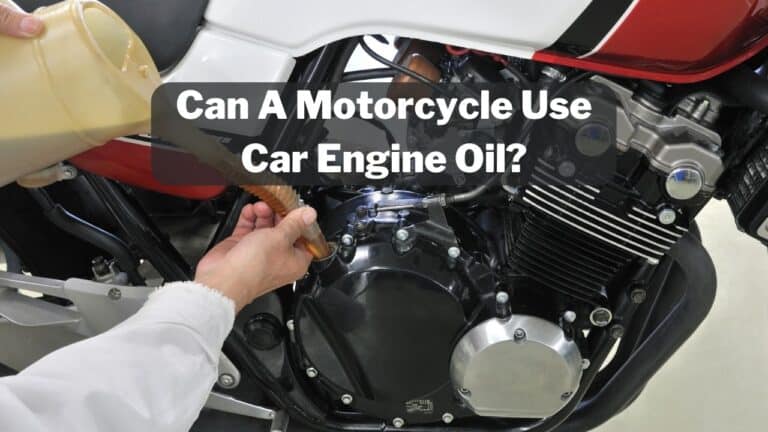
Thanks Kevin truly! The world needs more people like you that are willing to share knowledge so that one can learn form someone else’s failures or success! Without having to ruin anything in the process. Again TRULY thanks a Million
Thank you so much for your kind words! I truly overwhelmed with such feedback from our readers. This keeps me motivated to help more and more bikers.
New battery is die how
Do you have a multimeter? Check the voltage and ensure it’s more than 12.6V.
Thanks for taking the time to write this up – very helpful! My 5 year-old AGM battery was nearly dead after a 25 mile ride this morning. A few minutes on a charger and the bike fired up. Home. 30 minutes in the garage, again with a couple of slow cranks then not even a click. Gonna spend time tomorrow measuring voltage at idle and higher RPMs. It’s on a trickle charger specified as AGM compatible tonight.
When you twist the throttle bar, the voltage must increase (above 13.5V). If it’s not increasing, inspect the regulator-rectifier (RR) unit.